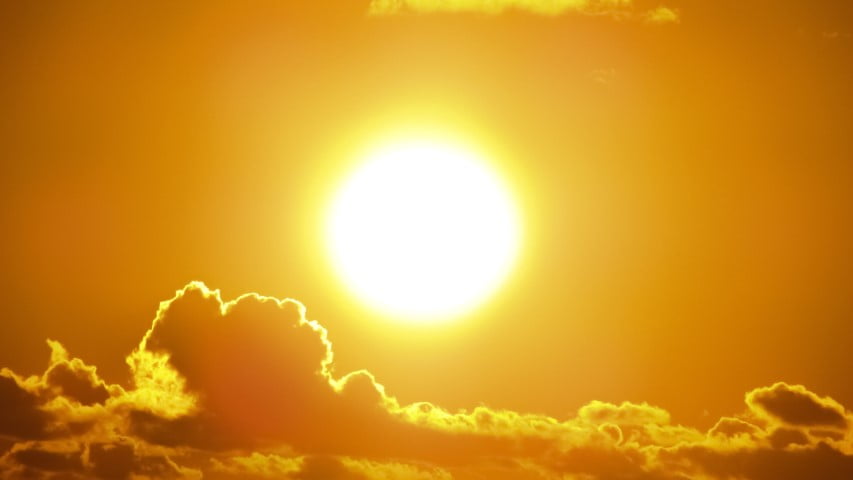It’s Time For Bhubaneswar To Prepare For 50-Degree Celsius Summers

Give Earth the space to breathe or there will be no space for us to breathe. Think on these lines while moving around on Earth Day today.
As we suffer in the scorching heat, we are reminded of our selfish acts on Earth, that is no more the same when we were born. It’s time to do something for the future, act quickly by saving those trees which are about to be slaughtered.
During the latest heatwave, Bhubaneswar has seen very high temperatures of over 40°C. In a few years’ time, the capital city is expected to experience 50°C or thereabouts, and Bhubaneswar needs to prepare itself.
The summer of 2023, which promises to be exceptionally treacherous, will quickly become the standard, and people will have to get used to such high temperatures. There will be more severe tropical nights possibly in the next decade or so, which will make Bhubaneswar’s climate similar to that of Dubai.
This must be a public health priority as Bhubaneswar is likely to become unbearable for the most vulnerable people with the mercury touching 50 degrees Celsius.
At the moment, the city is far from being able to face it with disturbances in public transport, classrooms shutting down and other malfunctions. Sooner than later, there could be an advisory to review colours and materials used for buildings.
Over time, the surface covered in asphalt may have to be reduced. In Bhubaneswar, the average temperature since it has been recorded has increased by 3-5 degrees. This figure may vary within the city itself. A study between Janpath and Patel Marg — a concrete jungle versus green canopy – has shown a result of 5-7 degree temperature variation during the three years of COVID-19.
The 40℃ summer that Bhubaneswar and other towns in Odisha are facing is dangerous. It’s the result of man-made climate change. In our journey towards world-class city, we are actually making deserts.
There has been no mention of the massive deforestation and vanishing of city sponges in and around Bhubaneswar region over the last 20 years. Even Net Zero will not replace those green infrastructure lost in the city, Chandaka forests, deforestation in MLA Colony, damage to the Daya west canal, water channels drained around city and Gangabati river.
40℃ in Bhubaneswar in early April would have been 36 degrees without human-caused climate change. If there is a heatwave in February or any natural disaster, it all falls under man-made climate change now. February witnessed new April this year, while April is new June.
Our response to this extreme climate is to shut down school upto class XII, and issuing some advisory. But we hardly spend time in dealing with the problem scientifically. Perhaps we need to do more than what we are doing right now, because we can’t reverse concrete jungle into green field development as it’s expensive for developers.
In such a scenario, we can take a clue from COVID-19 by shutting down all educational institutions — from primary schools to universities – and continue in online mode and conduct exams inside classrooms with airconditioning facilities.
Similarly, business hours in the city should be modified — shut during day hours and extend it to midnight.
Finally, time has come for Bhubaneswar to put in place cooling stations instead of Jalachatra, as we have to prepare for 50℃ temperatures in near future.
Bhubaneswar needs to cool down as quickly as possible, otherwise it would be difficult to live with unaffordable airconditioners almost nine months in a year.
Bhubaneswar adds more airconditioner devices every year than it saves trees from being chopped. So open your thought processes on Earth day, and think of green infrastructures.

Comments are closed.